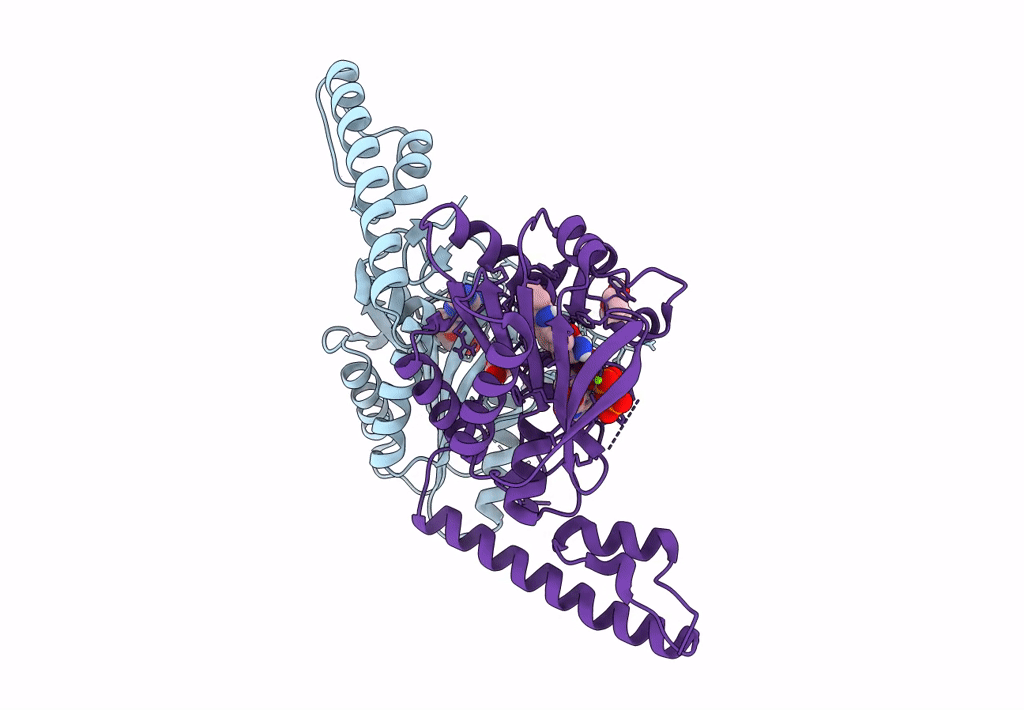
Deposition Date
2022-07-19
Release Date
2022-12-07
Last Version Date
2023-10-25
Entry Detail
PDB ID:
8DQJ
Keywords:
Title:
Crystal structure of pyrrolysyl-tRNA synthetase from Methanomethylophilus alvus engineered for acridone amino acid (AST) bound to ATP and acridone
Biological Source:
Source Organism:
Candidatus Methanomethylophilus alvus (Taxon ID: 1291540)
Host Organism:
Method Details:
Experimental Method:
Resolution:
1.54 Å
R-Value Free:
0.19
R-Value Work:
0.17
R-Value Observed:
0.17
Space Group:
I 4


